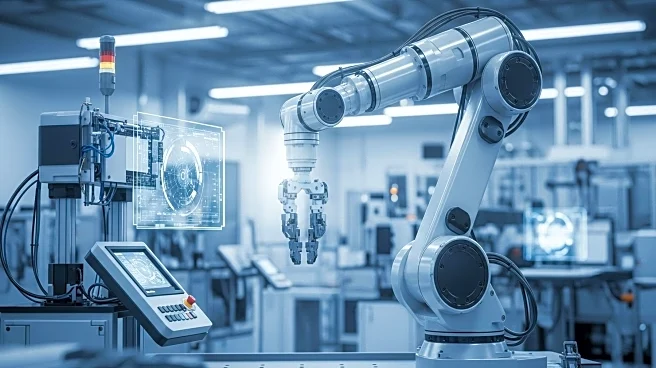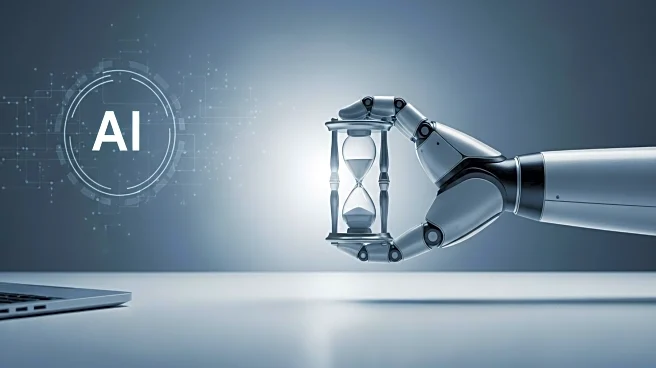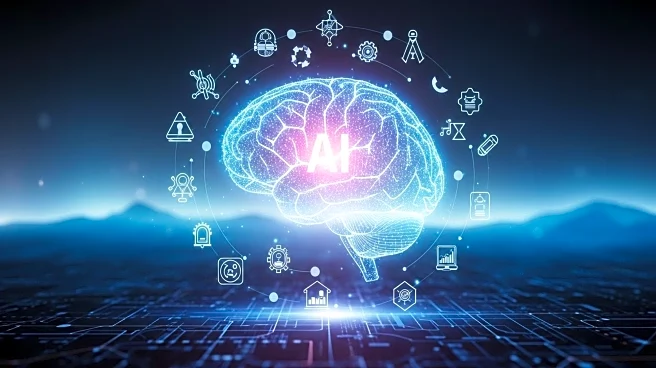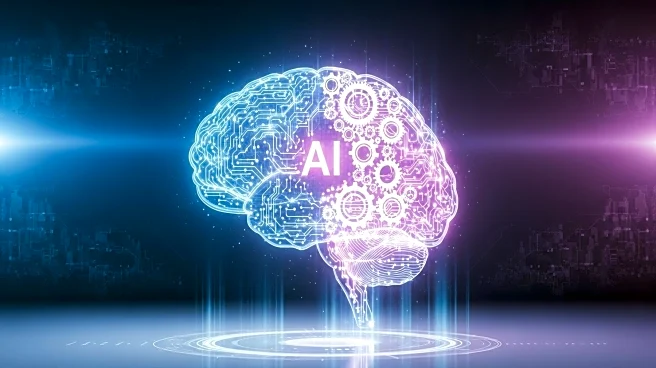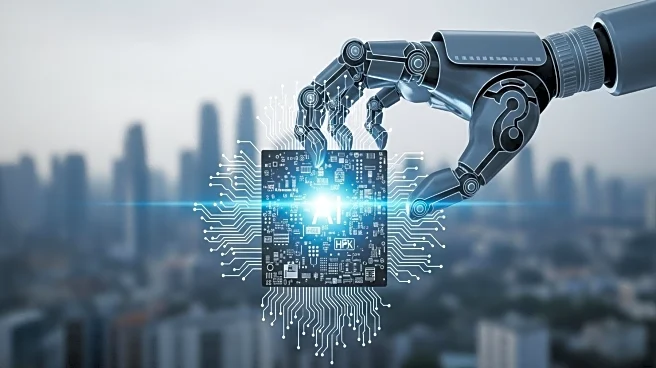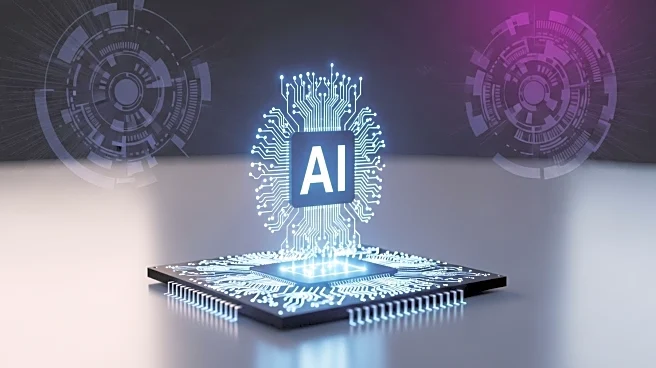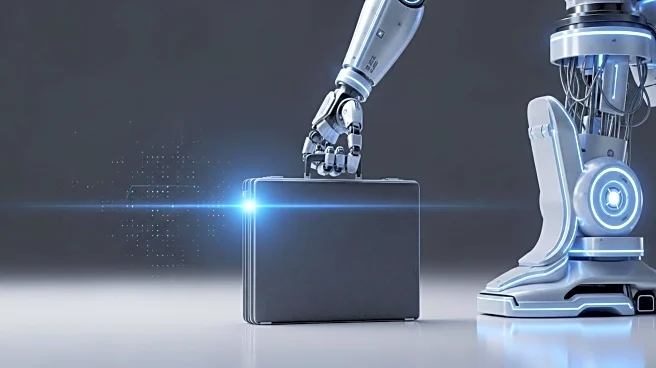What is the story about?
What's Happening?
Cali Yost, a future-of-work expert and CEO of Flex + Strategy Group, addressed the 2025 CNBC Workforce Executive Council Summit, highlighting a looming challenge for the U.S. labor market. Yost emphasized that the workforce is on the brink of significant contraction due to the retirement of Gen Xers, which will not be fully offset by the entry of Gen Alphas and Gen Zers. This demographic shift is expected to result in a net loss of approximately six million workers over the next five to seven years. Additionally, Yost noted that while artificial intelligence is anticipated to create new job opportunities, the overall pool of available workers is shrinking. She urged companies to rethink their employee value propositions, focusing on competitive pay, flexibility, and development opportunities to attract and retain talent.
Why It's Important?
The anticipated contraction of the workforce poses a significant challenge for U.S. companies, which must adapt to a changing labor market landscape. As the availability of workers decreases, businesses may face increased competition for talent, necessitating a reevaluation of compensation and benefits packages. The integration of AI into the workforce further complicates the situation, as it requires a workforce skilled in new technologies. Companies that fail to adapt may struggle to maintain productivity and competitiveness. This shift also highlights the importance of creating inclusive and flexible work environments to appeal to both experienced and younger workers.
What's Next?
Companies are expected to develop strategic roadmaps to navigate the impending workforce changes. This includes enhancing their appeal as employers of choice by offering attractive benefits and fostering a culture of flexibility and development. Human resources executives are likely to play a crucial role in implementing these changes, ensuring that their organizations are prepared for the future labor market. Additionally, there may be increased collaboration between businesses and educational institutions to bridge the skills gap and prepare the next generation of workers for emerging job roles.
AI Generated Content
Do you find this article useful?
